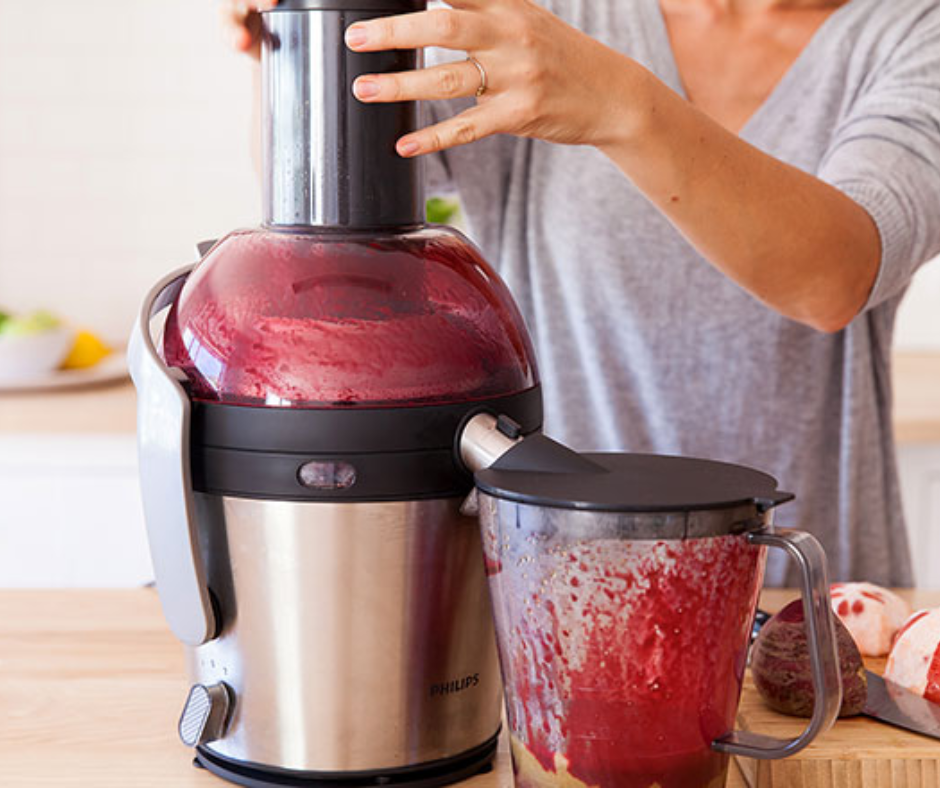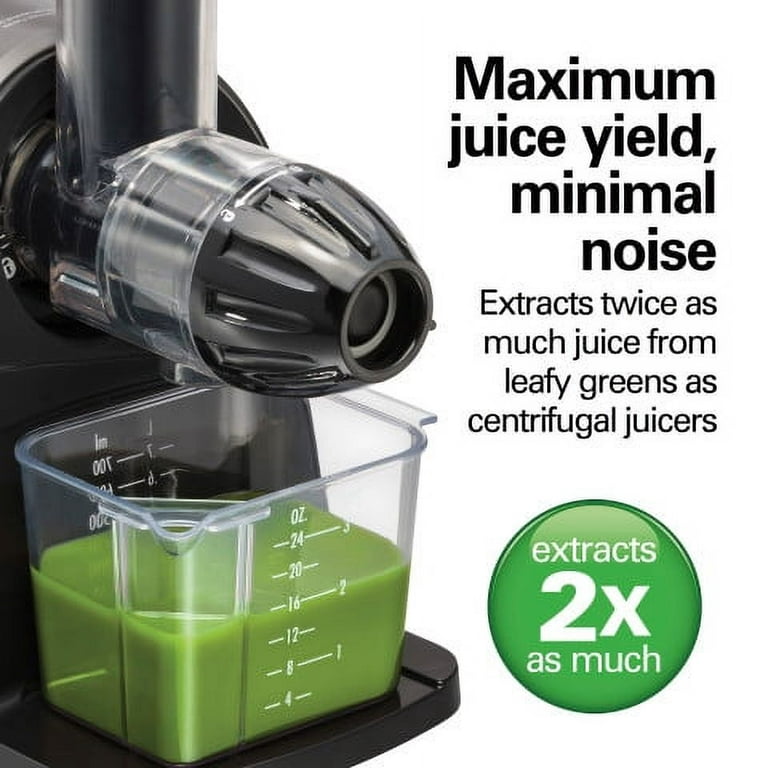Difference Between Masticating And Centrifugal Juicers
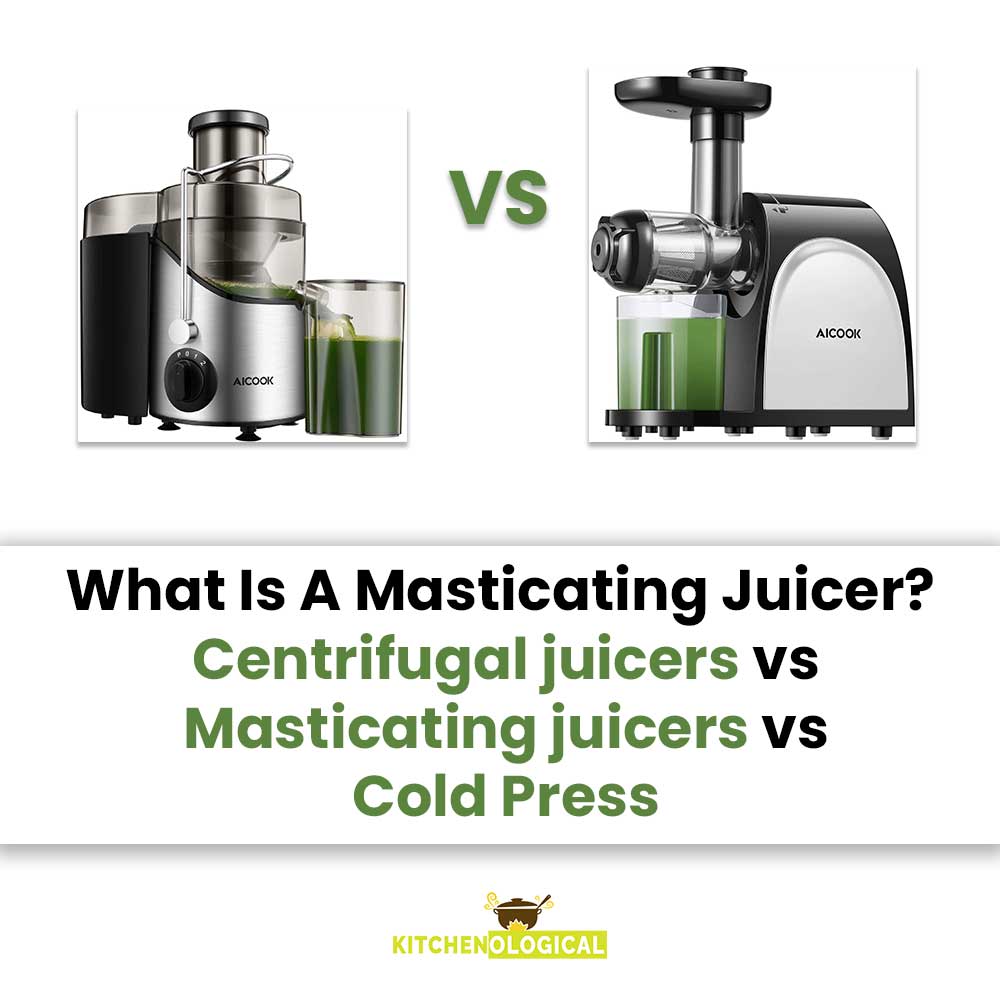
The quest for optimal health and wellness has fueled a surge in juicing popularity, positioning it as a cornerstone of modern diets. But navigating the world of juicers can be daunting, particularly when faced with the fundamental choice between two dominant technologies: masticating and centrifugal juicers. The decision, often perceived as a mere preference, profoundly impacts the nutritional value, yield, and even the overall juicing experience.
This article delves into the critical differences between masticating and centrifugal juicers, equipping consumers with the knowledge necessary to make an informed decision. Understanding these nuances is crucial for anyone serious about maximizing the health benefits and efficiency of their juicing journey.
Centrifugal Juicers: Speed and Simplicity
Centrifugal juicers, characterized by their high-speed operation, utilize a rapidly spinning blade to shred fruits and vegetables. This action forces the pulp against a mesh filter, separating the juice from the solid waste. Their speed is a major selling point, making them ideal for busy individuals.
The Mechanics of Speed
The centrifugal juicer's motor spins the blade at thousands of rotations per minute (RPM). This rapid motion generates heat, which can degrade heat-sensitive nutrients like Vitamin C and certain enzymes. The process also incorporates more air into the juice, leading to quicker oxidation and a shorter shelf life.
Pros and Cons
Pros: Speed is the primary advantage, making them convenient for quick juicing sessions. They are typically more affordable than masticating juicers. Centrifugal juicers handle harder fruits and vegetables well.
Cons: The high-speed operation generates heat, compromising nutrient quality. Juice oxidizes quickly, reducing its shelf life to approximately 24 hours. They are often noisier than masticating models. They may struggle with leafy greens and soft fruits.
Masticating Juicers: The Slow and Steady Approach
Masticating juicers, also known as slow or cold-press juicers, employ a different methodology. They use an auger to crush and squeeze fruits and vegetables, extracting juice at a slower pace. This method minimizes heat and oxidation, preserving more nutrients.
The Cold-Press Advantage
The slow pressing action of masticating juicers reduces heat generation. This preservation of nutrients is a key benefit touted by health enthusiasts. The slower process also minimizes air incorporation, extending the juice's shelf life to up to 72 hours.
Types of Masticating Juicers
Masticating juicers come in two primary configurations: horizontal and vertical. Horizontal models are known for their versatility, often capable of processing leafy greens, making nut butters, and extruding pasta. Vertical models are more compact and feed produce more efficiently.
Pros and Cons
Pros: Superior nutrient preservation due to minimal heat and oxidation. Longer juice shelf life (up to 72 hours). Effective at juicing leafy greens and soft fruits. They operate quietly. They offer higher juice yield, reducing waste.
Cons: Slower juicing process compared to centrifugal models. They are generally more expensive. Cleaning can be more time-consuming, depending on the model.
Nutritional Impact: A Crucial Comparison
The core difference between these juicer types lies in their impact on the nutritional content of the juice. Independent studies, though often conducted by juicer manufacturers and therefore needing careful scrutiny, consistently suggest that masticating juicers produce juice with higher concentrations of certain vitamins and enzymes.
This is largely attributed to the reduced heat and oxidation during the juicing process. Oxidation, in particular, breaks down delicate nutrients, diminishing the overall health benefits of the juice.
Juice Yield and Pulp Quality
Masticating juicers typically extract more juice from the same quantity of produce compared to centrifugal models. This increased yield translates to less waste and potentially lower long-term costs, as less produce is required to achieve the desired juice volume.
The pulp produced by masticating juicers is also drier, indicating more efficient juice extraction. Drier pulp also means it is more easily composted or repurposed in recipes.
Cost Considerations: Initial Investment vs. Long-Term Value
The initial investment in a juicer is a significant factor for many consumers. Centrifugal juicers generally have a lower upfront cost, making them an attractive option for budget-conscious buyers. However, the long-term value proposition may favor masticating juicers.
The higher juice yield and reduced produce waste associated with masticating juicers can offset the initial cost difference over time. Furthermore, the superior nutrient content and longer shelf life may translate to greater health benefits, potentially reducing healthcare costs in the long run.
Consumer Preferences and Lifestyle
Ultimately, the best juicer for an individual depends on their specific needs and lifestyle. If speed and convenience are paramount, a centrifugal juicer may be the preferred choice. However, if nutrient preservation and long-term value are the primary concerns, a masticating juicer is the better option.
Consider the types of produce you intend to juice most frequently. If you plan to juice leafy greens and soft fruits regularly, a masticating juicer is essential. If you primarily juice harder fruits and vegetables, either type of juicer can suffice.
Expert Opinions and Recommendations
Registered Dietitians often recommend masticating juicers for those seeking maximum nutritional benefits.
"The cold-press method preserves more enzymes and vitamins, leading to a healthier juice," says Sarah Jones, RD.They emphasize the importance of nutrient density and the extended shelf life offered by masticating juicers.
However, consumer reports also highlight the user-friendliness of centrifugal juicers, praising their ease of cleaning and quick operation. This balance of expert advice and practical considerations is crucial for making an informed decision.
Future Trends in Juicing Technology
The juicing industry is constantly evolving, with manufacturers developing innovative technologies to improve efficiency and nutrient preservation. Hybrid models that combine features of both centrifugal and masticating juicers are emerging.
Expect to see further advancements in cold-press technology, with a focus on improving juice yield and simplifying the cleaning process. Ultimately, the future of juicing lies in striking the perfect balance between convenience, cost, and nutritional value.
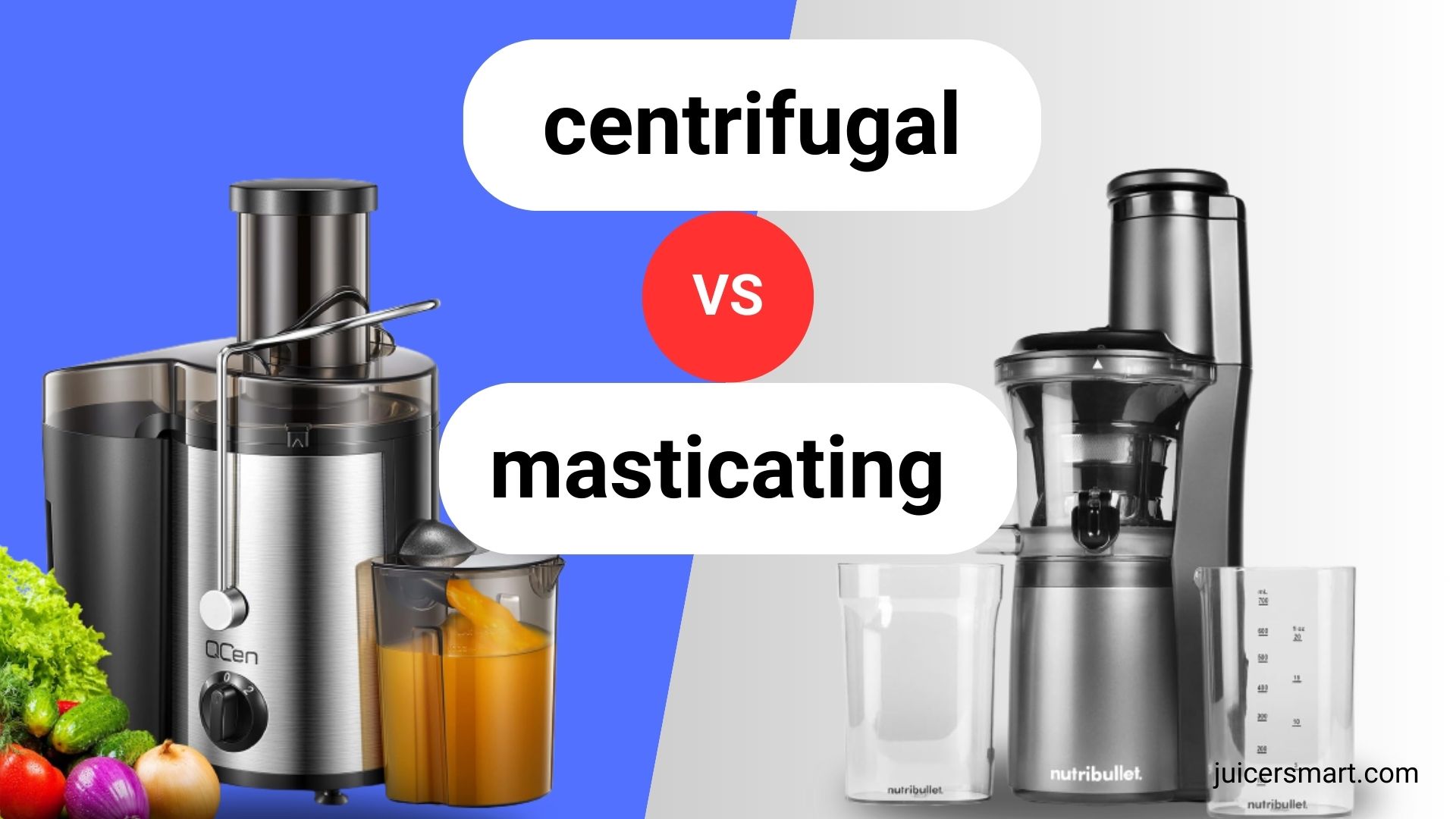
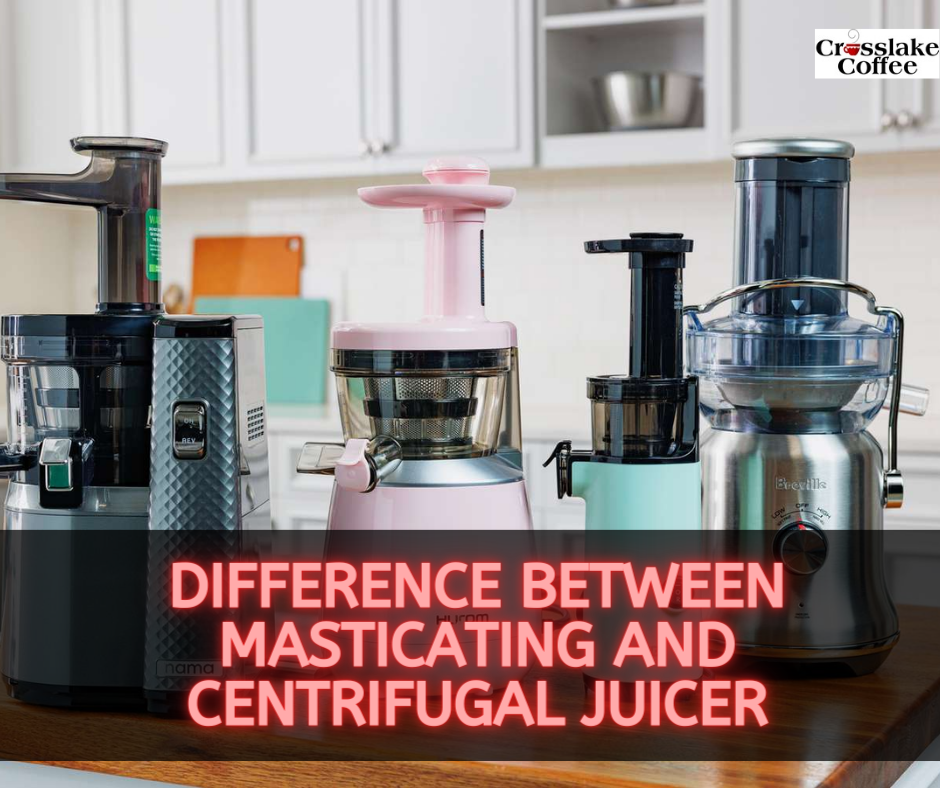


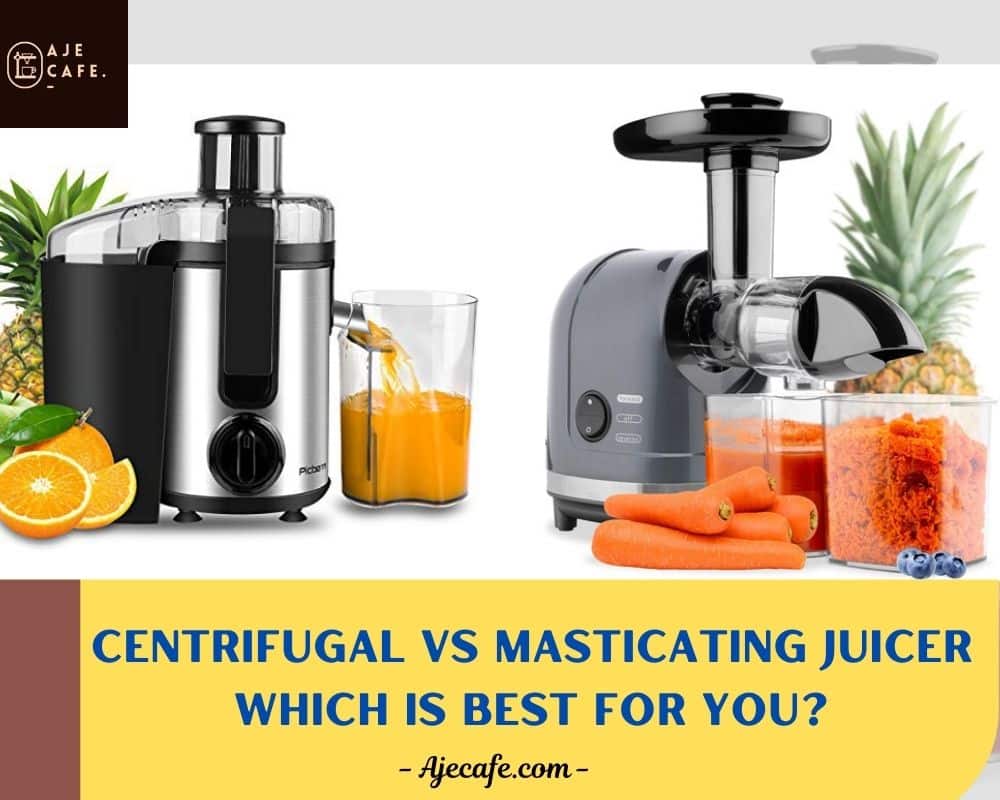

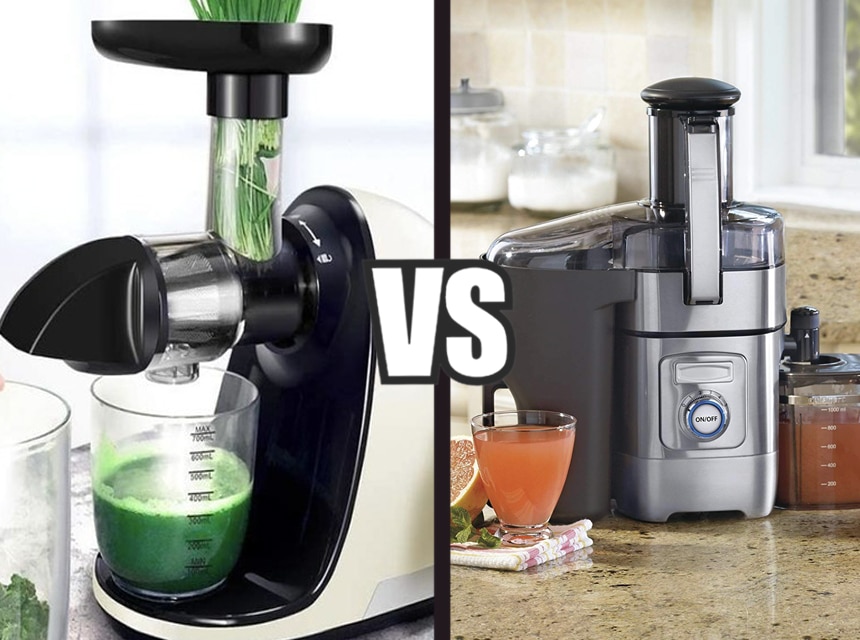


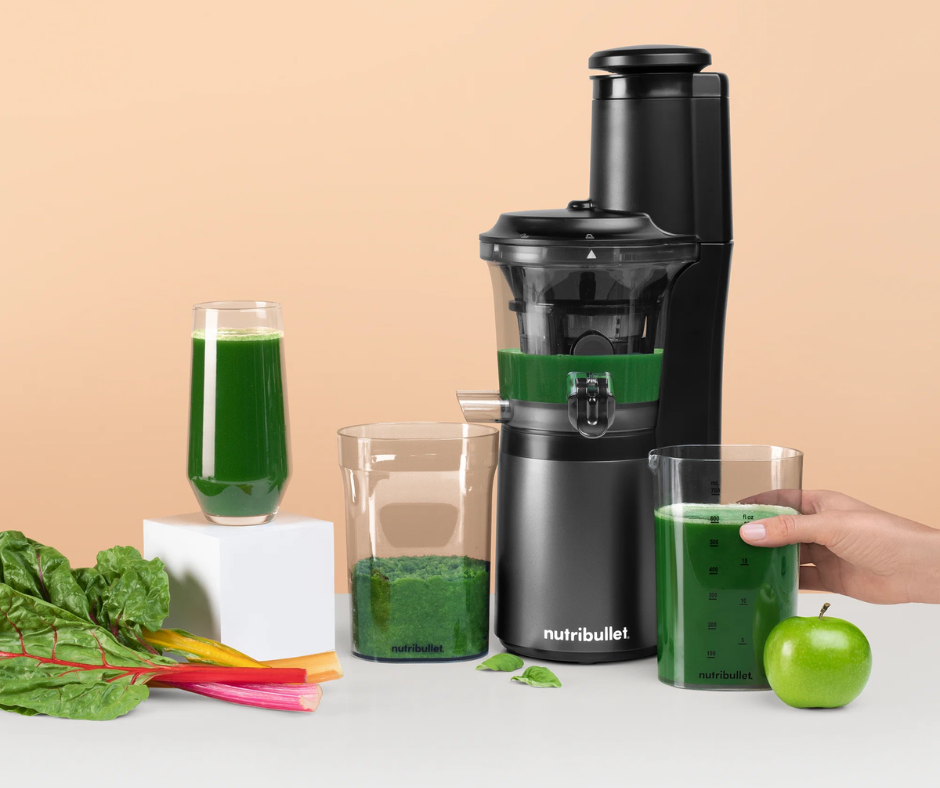


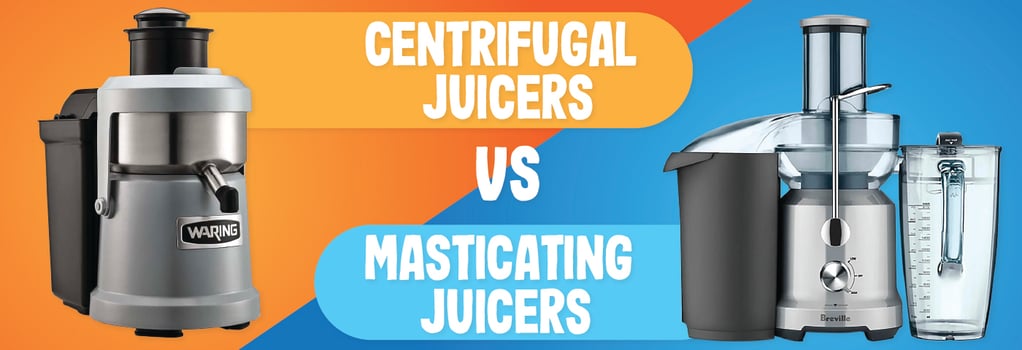
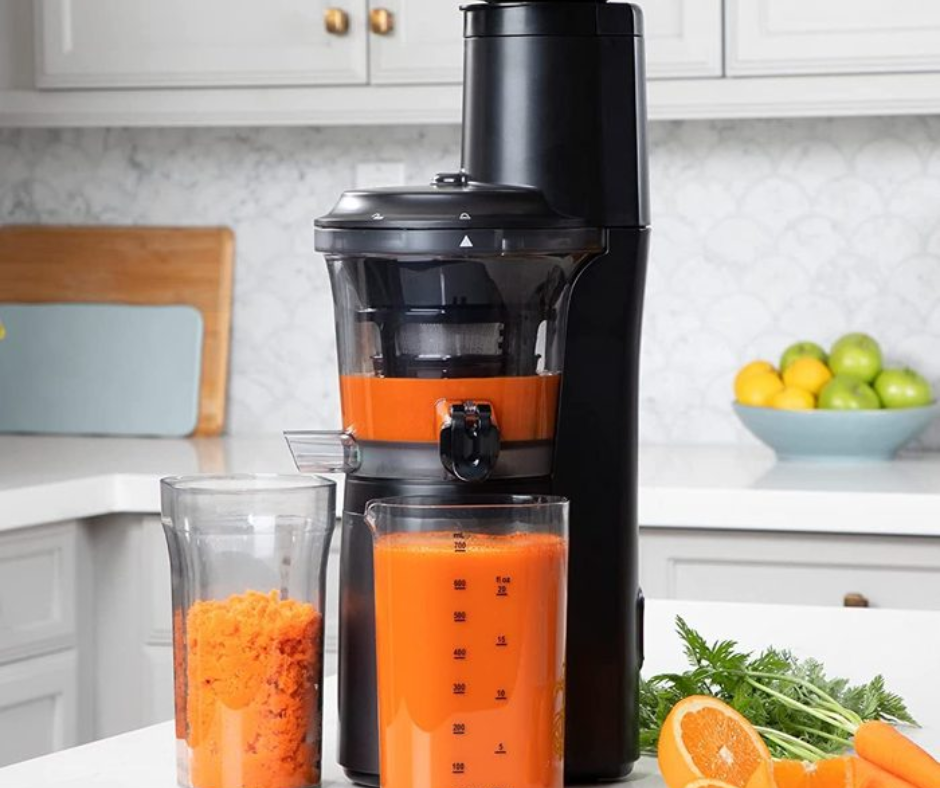

![Difference Between Masticating And Centrifugal Juicers Masticating Vs Centrifugal Juicers [Which One Should You Choose?]](https://juicerdiary.com/wp-content/uploads/2020/09/masticating-vs-centrifugal-juicers-1-1024x375.jpg)
